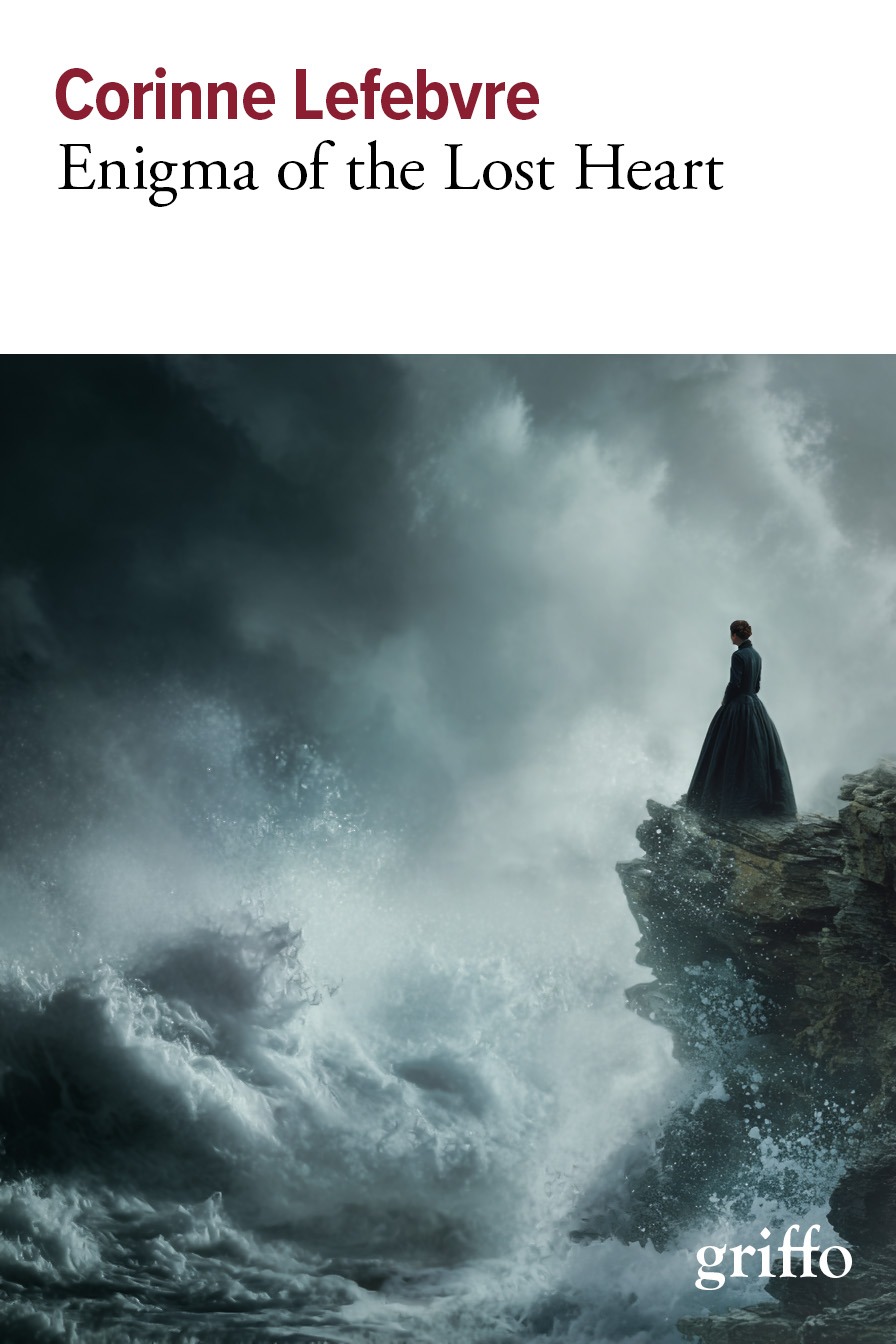Corinne Lefebvre invites you to a wind-bright, tide-washed romance set along the ragged coast of Charente-Maritime, where gulls argue with weather vanes and a patisserie on Rue des Fougères sells caramels dusted with sea salt. The limited first printing features seafoam-sprayed edges.
Maëlle Vion broke a small law because she was heartsick. As a restorer of antique letters at the Bibliothèque des Cartes in Paris, she steamed open a century-old envelope from a collection slated for incineration and found a pressed forget-me-not and a hand-drawn map pointing to a place called the Lost Heart. Caught by the Ombrelle Registry of Rarities, she is sent away for a winter to the fog-lamped village of Saint-Astillac to catalog the sealed archive in the Lighthouse of Cabestan.
Saint-Astillac is nearly deserted in the cold months. The only person willing to speak to her is Adrien Vasseur, a gruff horologist who tends the tide clock in the square and rents her a room above his workshop. He offers Maëlle a wool coat that smells faintly of cedar and rain, a key on a ribbon, and warm vanilla-honey canelés at dawn. He seems to distrust both maps and promises, yet his hands are steady when her courage is not.
But the magic that holds the village together is failing. Pages in the lighthouse archive are dimming to milk-white; the great tide clock is losing minutes and memories; a brass automaton swallow named Brindille wakes and speaks in riddles about a long-ago vow. Following the map's salted ink, Maëlle and Adrien unravel the correspondence of Céleste Larrieu and Léon Marchand, decoding messages hidden in sailmakers' knots, tasting quince jam in a frost-lit greenhouse, and learning how a heart can be lost without ever leaving home. As the equinox nears and the sea lifts secrets from the shoals, Maëlle must choose whether to protect what remains of her mending heart or risk it against the current, daring to love a man who believes time cannot be fixed but can be cherished.
